

Engage prospects with a scan and streamline customer engagement with FREE QR code marketing tools by Sona – no strings attached!
Create a Free QR CodeFree consultation

No commitment

Engage prospects with a scan and streamline customer engagement with FREE QR code marketing tools by Sona – no strings attached!
Create a Free QR CodeFree consultation

No commitment
In the rapidly evolving realm of utility locating services, businesses face increasing pressure to streamline field operations, deliver accurate information in real time, maintain compliance—often coordinating with private locators—and control costs. Traditional workflows, such as paper-based site maps, printed instructions, and manual customer intake forms, often create inefficiencies, fragment communication between field teams and clients, and result in missed opportunities. The persistent gap between field activity and digital systems leads to delays, data errors, and high-value prospects slipping through the cracks, which hampers operational success and causes lost revenue and customer trust.
Advancements in field technology, especially QR codes, are transforming how utility locating services connect physical job sites with digital workflows. By embedding QR codes on site markers, equipment, or customer documentation, businesses can provide construction crews, property owners, or subcontractors with immediate, app-free access to underground utility maps, hazard reporting, or service request forms via Google Forms QR. Logging and tracking these digital interactions on the spot reduces reliance on manual entry and ensures engagement data is captured, even when forms are not submitted or inquiries remain anonymous, which minimizes the risk of untracked prospects and missed follow-ups.
When deployed strategically, QR codes turn every field asset into a digital access point, accelerating task completion, enhancing worker safety, and surfacing engagement signals for smarter lead generation and revenue attribution with the Sona QR product overview. This guide explores actionable strategies for using QR codes to boost productivity, capture data directly from the field, and close the gap between interest and conversion. It is built for utility locating providers seeking to address industry challenges like incomplete data, overlooked leads, and operational bottlenecks with a practical, measurable approach to offline-to-online transformation.
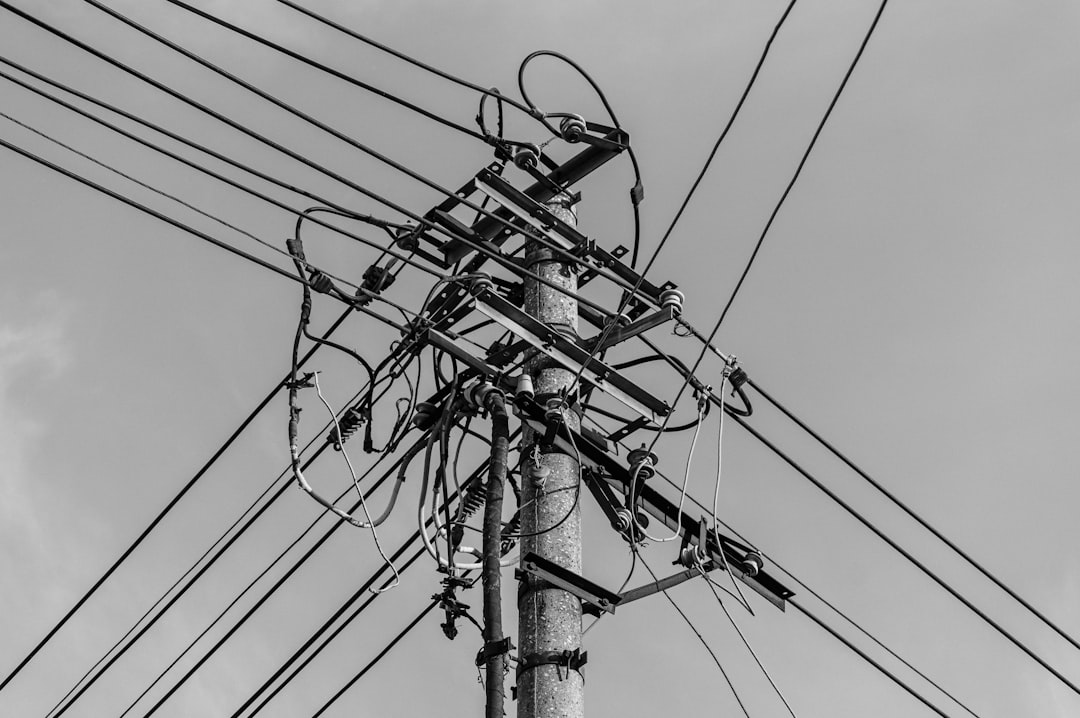
Utility locating teams often struggle with fragmented processes, lost job tickets, untracked follow-up requests, and costly delays when field data fails to reach the office promptly. Slips or paper permits can be misplaced, PDFs are often outdated, and phone-based intake processes create bottlenecks that slow response times. These pain points are most evident when high-value prospects are not entered into the CRM or when critical engagement goes unnoticed due to a lack of tracking or attribution. See Sona offline attribution for measurement frameworks.
QR codes close these gaps by connecting physical touchpoints with digital workflows in a way that is instant, trackable, and easy to deploy at scale, as seen in QR adoption connecting brands and consumers. Imagine replacing printed locate instructions and static field binders with a single scan that reveals the most current utility maps, crew assignments, or hazard notices. Every scan becomes a data point: who accessed what, when they accessed it, and where, which makes compliance and follow-up far simpler to manage.
For example, QR codes on locate request markers enable construction supervisors to verify utility positions and document job confirmation on-site. Modern QR platforms such as Sona QR offer dynamic codes, real-time analytics, and CRM integrations to turn missed follow-ups into actionable, high-value leads while streamlining operations and reducing risk.

Field operations in utility locating typically struggle with incomplete data and missed engagement. Crews rely on paper dig permits, static as-built drawings, and dispatcher phone calls. Job sites change quickly and the information in a binder can age the moment it is printed. Modern locating and marking tools complement digitized workflows. Valuable leads are lost if a contractor reviews a job page or pricing sheet but never submits a request, and follow-ups fail when field interactions are not logged or attributed.
QR codes address these challenges by making every interaction a documented, measurable event. A scan is faster than finding a link, more accurate than transcribing a URL, and better for analytics than relying on inbound calls alone. By placing QR codes on the assets and documents people already use, you capture real-time intent and reduce friction in the workflows that matter most.
QR codes on utility locate markers, crew checklists, or safety guides create a reliable feedback loop between the field and the office. They not only digitize paperwork but also provide a clear view of engagement signals. This visibility enables timely action on both interest and risk, elevating service quality and operational control.
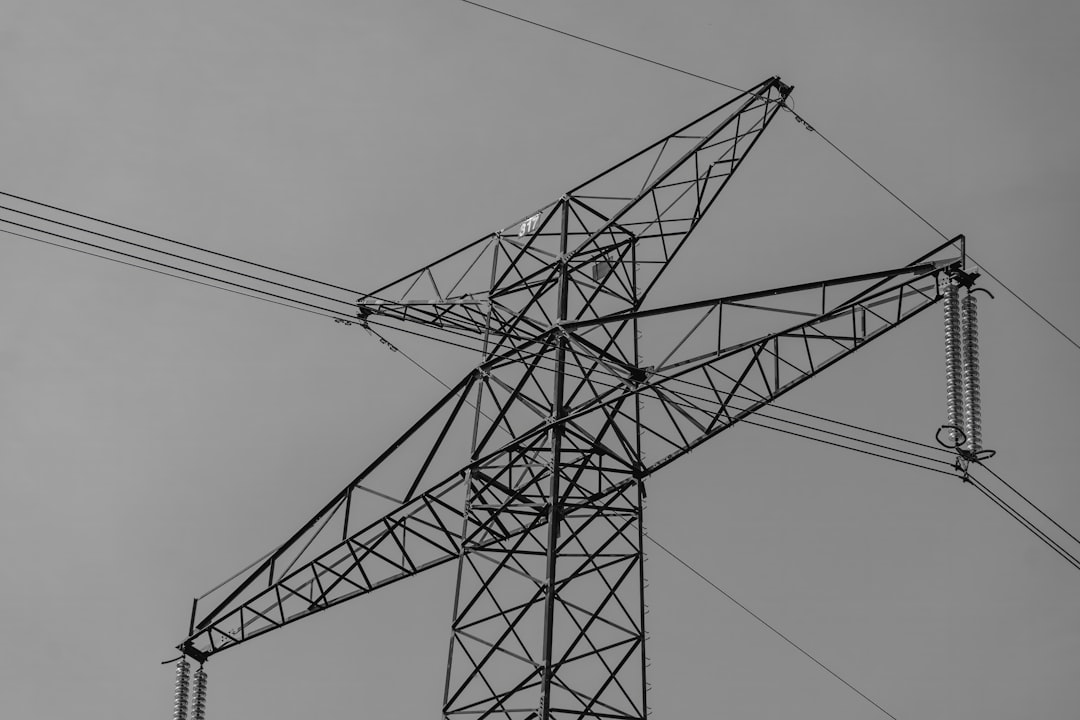
Not all QR codes are the same, and choosing the right format for each scenario is crucial. In utility locating, the ideal QR type depends on whether you need maps, contacts, forms, or connectivity. Selecting the best format will prevent outdated data, untracked interactions, and missed follow-ups.
Dynamic QR codes allow you to update content without reprinting labels or signage, which is vital for live jobs where conditions change daily. Static codes are best for stable resources like general safety policies. Most teams will benefit from a mix of both, with dynamic codes used on temporary site materials, truck decals, and job-specific documentation.
Growth in utility locating depends on identifying and nurturing high-value prospects in a dispersed, field-driven customer landscape. When account data is incomplete or engagement is undocumented, follow-ups and revenue opportunities are lost. QR codes convert everyday surfaces into gateways for data capture and self-service, making it easier to see who is interested and where demand is building. See industry trends shaping the locator market.
Strategic deployment begins at the job site, extends to your fleet, and continues through marketing materials. By placing trackable QR codes wherever people interact with your brand, you can enrich CRM records, shorten response times, and tailor messages to each audience.
This approach transforms passive offline contacts into active data sources. Even when a prospect does not submit a form, a scan still signals interest that you can route to sales or marketing. Over time, these signals reveal where to invest, which messages resonate, and which partnerships drive the best outcomes.
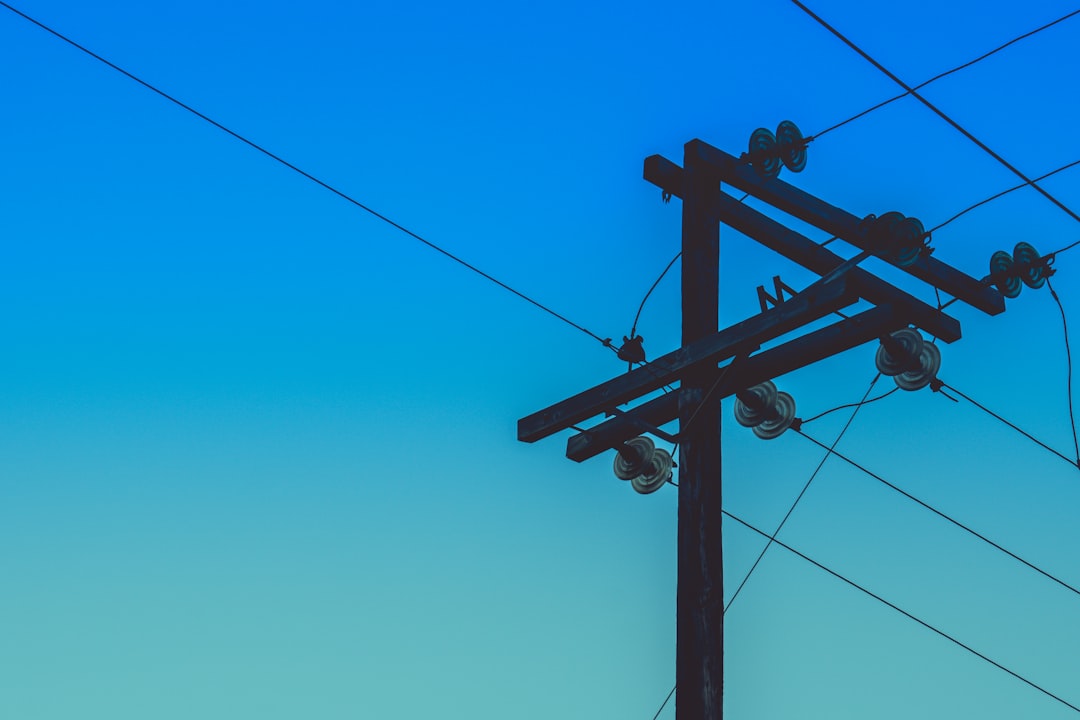
Targeted QR code deployment can streamline the customer journey from initial curiosity to post-service engagement. In utility locating, the highest impact use cases are those that reduce friction in the field, enhance safety, and surface buying signals that are otherwise invisible. Thoughtful execution at these touchpoints builds trust while improving outcomes for your team and your customers.
Here are several use cases that consistently deliver value across operations, safety, and revenue:
These strategies ensure that high-intent interest, such as revisiting a quote or checking a utility map, is captured and acted on. With a platform like Sona QR, each scan feeds analytics and CRM systems so you can nurture leads and dispatch help at precisely the right moment.
A consistent challenge for utility locators is engaging prospects who show interest without leaving contact details. Contractors, property managers, and homeowners often scan for information but hesitate to submit a form. By turning each scan into a trackable signal, you can build audience segments that reflect real behavior and context rather than assumptions. See the Sona retargeting playbook.
Effective segmentation begins by mapping scans to buyer roles and project phases. Different stakeholders care about different outcomes: a general contractor prioritizes schedule and risk, a facilities manager prioritizes compliance and continuity, and a homeowner prioritizes simplicity and price. Build QR journeys that reflect those distinctions and let the scan itself route each person to relevant follow-ups.
With Sona QR, every code acts as a smart entry point. You can enrich profiles with scan history, connect anonymous engagement to known buyers when they identify themselves later, and use multi-touch insights to prioritize outreach that matches demonstrated interest.
Utility locating providers often operate across a fragmented mix of channels: field signage, fleet branding, vendor partnerships, direct outreach, and events. QR codes unify these efforts by making each channel actionable and measurable. When every printed asset and field surface can launch a digital experience, your marketing engine becomes more responsive and data-driven.
The key to a cohesive mix is continuity. Whether a prospect encounters your brand at a job site, on a truck, or in a trade show booth, a scan should take them to an experience that matches their context and needs. With unique codes by channel and placement, you will know which media are generating interest and how to double down.
QR codes serve as the offline onramp to your digital marketing engine. A centralized platform such as Sona QR lets you manage codes at scale, monitor performance by channel, and sync scan data with CRM and ad platforms so that every scan advances a cohesive journey.
Executing a QR program in utility locating is straightforward once you define your goals and align each code to a clear outcome. The steps below walk you from strategy through optimization, with examples tailored to field-heavy operations and dispersed buyers.
Choose one high-impact workflow where QR codes immediately reduce friction. Start with a use case that is both common and painful, such as map access at the job site or post-service feedback.
Select the format that matches your intended action. Use dynamic codes when you need to update destinations, capture analytics, or segment audiences by behavior.
Design your codes with field conditions in mind. Include a benefit-driven call to action and ensure reliable scans across lighting, weather, and distance.
Roll out codes in the places where field stakeholders already interact with your brand. Prioritize placements that historically suffer from undocumented engagement.
Monitor scan data and downstream actions to understand performance. Iteration is where QR campaigns become predictive and profitable.
With this checklist in hand, teams can launch a pilot in days, then scale to dozens of placements and workflows. As momentum builds, use Sona QR to centralize management, reporting, and integrations so the entire program remains organized and measurable. Start creating QR codes for free.
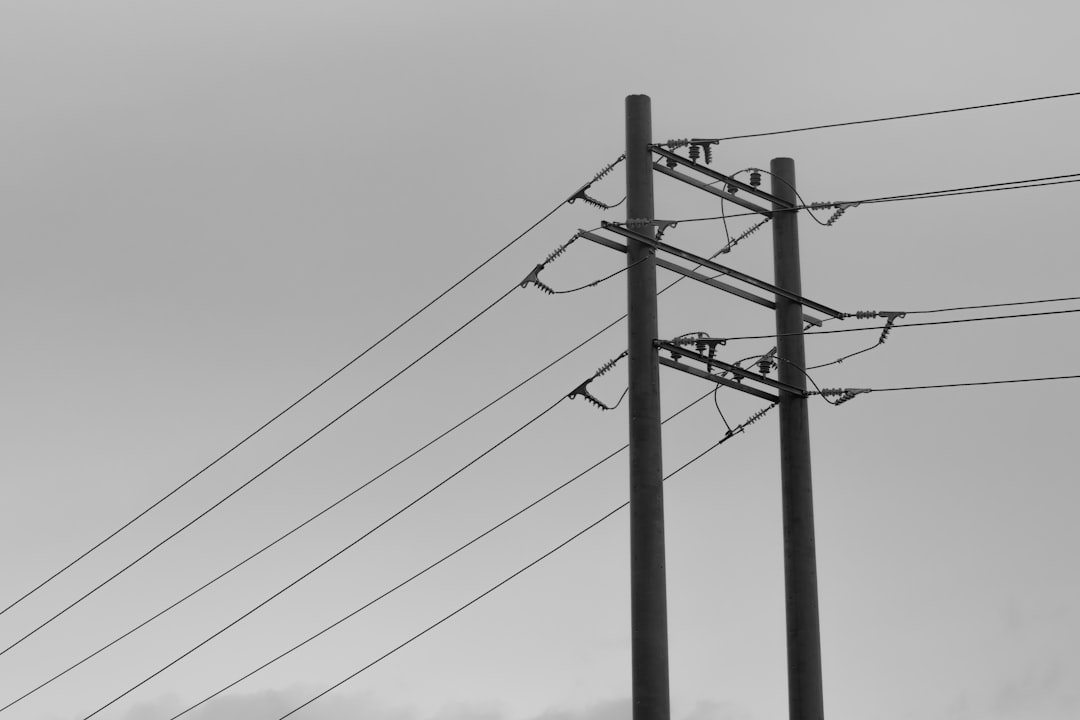
A common challenge in utility locating is tying field activity to revenue. Many teams know that people are engaging with their materials, but manual tracking causes conversions to be lost between first interest and closed deals. Without attribution that follows a scan through to quote requests, scheduled work, and invoices, you cannot confidently optimize spend or staffing.
Modern platforms solve this by capturing granular scan data, connecting it to downstream actions, and unifying the journey inside your CRM.
Sona QR captures field engagement at the source, while Sona ties those signals to buyer journeys, pipeline, and revenue. Together they give utility locating providers complete visibility from the first scan to the final invoice, which turns QR from a convenience into a core part of performance marketing and operational decision-making.
Long-term results come from disciplined deployment and continuous improvement. The following best practices will help your team turn QR signals into predictable outcomes while minimizing noise and duplication. Focus on clarity, scannability, and automation so that the experience is consistently easy for crews and customers.
Start by mapping codes to clear owners and outcomes. Every code needs a purpose, a destination, and a workflow for what happens next. Then layer in analytics and experimentation so you can double down on the placements and messages that perform best for your unique markets.
The adoption of QR code technology in utility locating services not only automates manual processes but also closes longstanding operational and revenue gaps. Previously overlooked interactions such as anonymous browsing or incomplete forms become discoverable, trackable, and actionable. Teams gain the confidence to make decisions with current data, and stakeholders receive faster, safer, and more transparent service from first scan to final invoice.
For utility locating providers, QR codes represent a practical path to digital maturity. They connect every field surface to a digital workflow, unify fragmented data across channels, and prove impact with end-to-end attribution. With robust analytics, CRM integration, and dynamic segmentation, each field interaction becomes a catalyst for conversion and ongoing improvement. Platforms like Sona QR and Sona.com make it simple to generate codes, manage campaigns, and connect scans to revenue, positioning providers to lead with digital-first workflows that drive sustained growth, safety, and competitive advantage.
QR codes have revolutionized utility locating services by transforming complex, paper-based processes into seamless, data-driven interactions. They empower teams to access critical site information instantly, reduce errors, and enhance safety while enabling utility companies to streamline operations and improve client communication. Imagine having instant access to accurate utility maps and service histories at your fingertips, ensuring every locate job is faster, safer, and more efficient.
With Sona QR, you can create dynamic, trackable QR codes that update in real-time—no need to reprint outdated documents or maps. Every scan provides valuable insights that help optimize workflows, improve field team coordination, and build trust with customers through transparent, accessible information. Start for free with Sona QR today and unlock the full potential of QR technology to elevate your utility locating services and drive smarter, safer project outcomes.
Utility locating services streamline field operations, provide accurate real-time information, improve compliance, reduce costs, enhance worker safety, and capture engagement data to boost productivity and revenue.
Utility locating services identify underground utilities using traditional methods combined with digital workflows that include QR codes to provide instant access to maps, request forms, hazard reports, and real-time updates.
You can find reliable utility locating services by searching for providers that use advanced technologies like QR codes, offer real-time data access, have CRM integrations, and provide measurable engagement and compliance tracking.
Methods include traditional paper-based site maps and manual forms, complemented by modern tools like QR codes for dynamic digital access, web links, vCards, mobile forms, Wi-Fi access, SMS, email, and app downloads.
QR codes can be placed on jobsite markers, equipment, fleet vehicles, and customer documents to provide instant, app-free access to maps, requests, hazard reports, and contact info, enabling real-time data capture, compliance tracking, and improved communication.
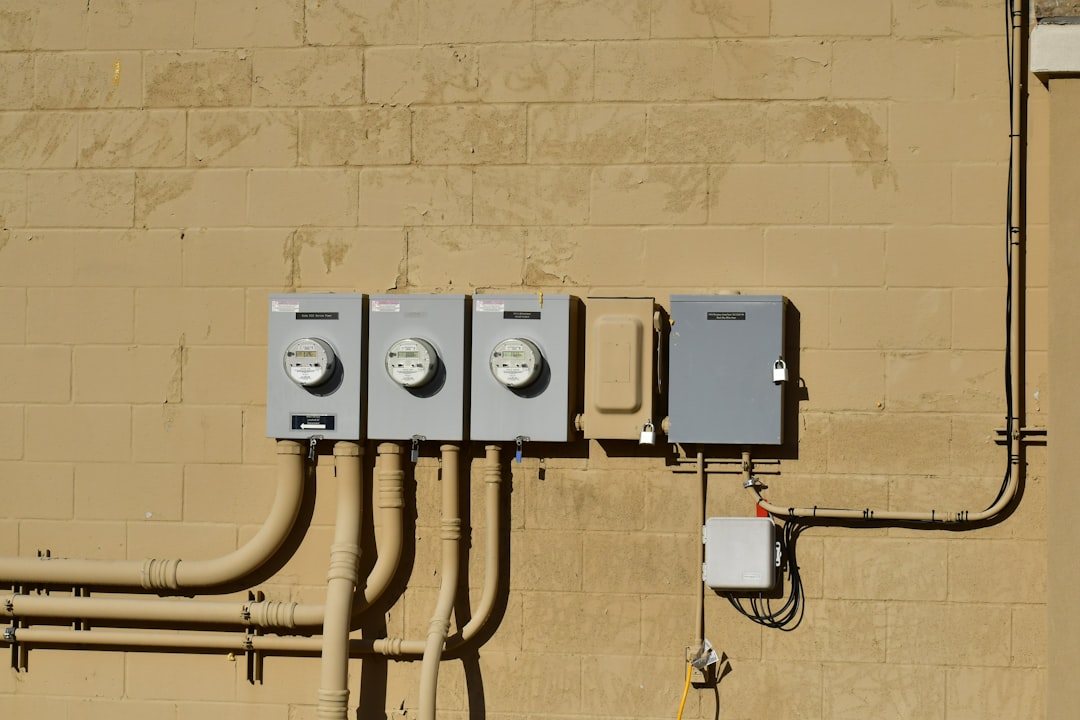
QR codes have become an essential tool for bridging offline workflows with instant online access. For utility locating services, where accuracy, situational awareness, and real-time information are critical, QR codes provide a powerful way to share site data, safety information, or contact details at the point of need. The demand for safe and accurate identification of underground utilities has never been higher as excavation, construction, and infrastructure projects aim to prevent costly utility strikes and adhere to regulations.
Utility locating providers face unique challenges such as difficulty capturing high-value engagement data, fragmented communication of complex site information, and a persistent risk of losing important opportunities when manual processes fail. Printed materials, paper forms, and static signage often leave critical gaps, like not knowing which field team accessed which document or missing chances to update work records as risks or changes arise. Disconnection between offline and online data creates room for missed segmentation, delayed responses, and under-informed field staff, especially in fast-paced, high-stakes environments. QR codes offer a modern, efficient alternative that enables quick access to digital maps, compliance documents, and reporting tools directly from a jobsite or project plan, while providing the ability to track and measure each engagement in real time.
By adopting QR code-driven solutions, utility locator companies not only streamline business operations but also achieve more personalized follow-up, increased compliance, and deeper insight into buyer and field team behaviors. This article explains how QR codes can turn pain points like lost opportunities, missed engagement signals, and disjointed communication into safer, smarter, and more measurable workflows for utility locating services.
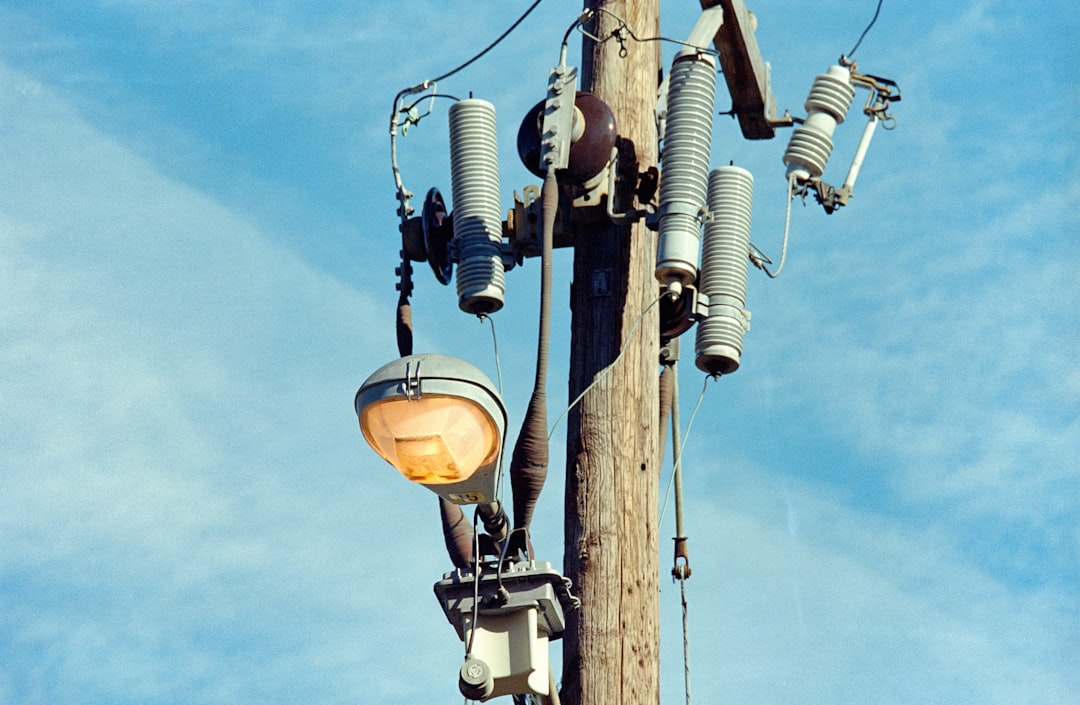
The complexity of utility locating projects often leads to confusion or errors when teams rely on outdated information or fragmented paper trails. This can result in missed notifications, misfiled incident reports, or delays in updating compliance documentation. Every one of those breakdowns increases safety risk, reduces customer confidence, and adds avoidable costs to service delivery.
QR codes bridge the gap between physical assets, jobsite materials, and the need for up-to-date digital resources. They make it easy to provide project teams, technicians, and clients with immediate access to maps, safety guides, and support forms at the point of service. Field crews no longer have to sift through folders or call offices for the latest documents. QR-powered links can instantly deliver critical updates, reducing the risk of incomplete or outdated data reaching the worksite.
Here is how to do it effectively:
For growth-focused marketers and operations leaders in utility locating services, these strategies replace inconsistent analog processes, mitigate risks, and enhance both efficiency and accountability. Tools like Sona QR support every step of this transformation by creating dynamic codes, centralizing destinations, and turning scans into actionable data that improves field outcomes.
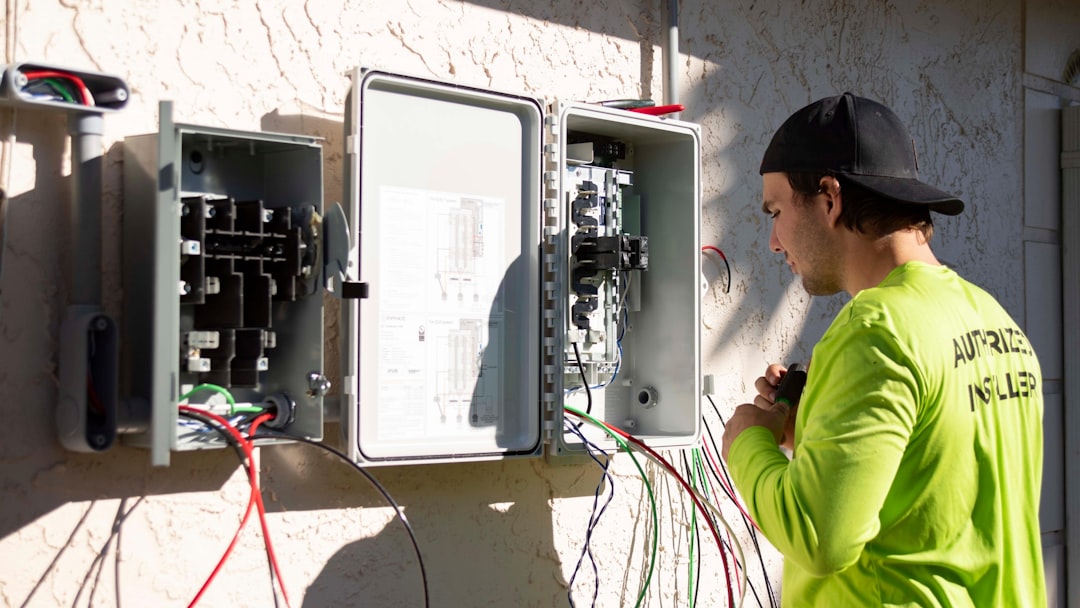
In utility locating, missing high-value interactions or failing to meet safety expectations can have serious downstream impacts. Lack of visibility into who is accessing key information, skipped updates, or inconsistent reporting often prevents providers from identifying and following up with critical stakeholders or responding efficiently to emerging field issues. QR codes provide a fast, simple way to connect field actions with verified digital records.
They also reduce friction for clients, general contractors, and subcontractors who need access to instructions, maps, or compliance forms without needing an app or a login. A quick scan connects the physical world of flags, markings, and equipment to the digital systems that power operational excellence and compliance. In broader marketing contexts, QR codes can also connect brands and consumers.
QR codes help solve these pervasive pain points by:
By turning each interaction into a trackable event, utility locating providers can ensure high-value stakeholders and field crews are never invisible. Data stays current, and opportunities for incident reporting, training, or cross-sell are surfaced at the right moment to deliver measurable business impact alongside improved operational safety.
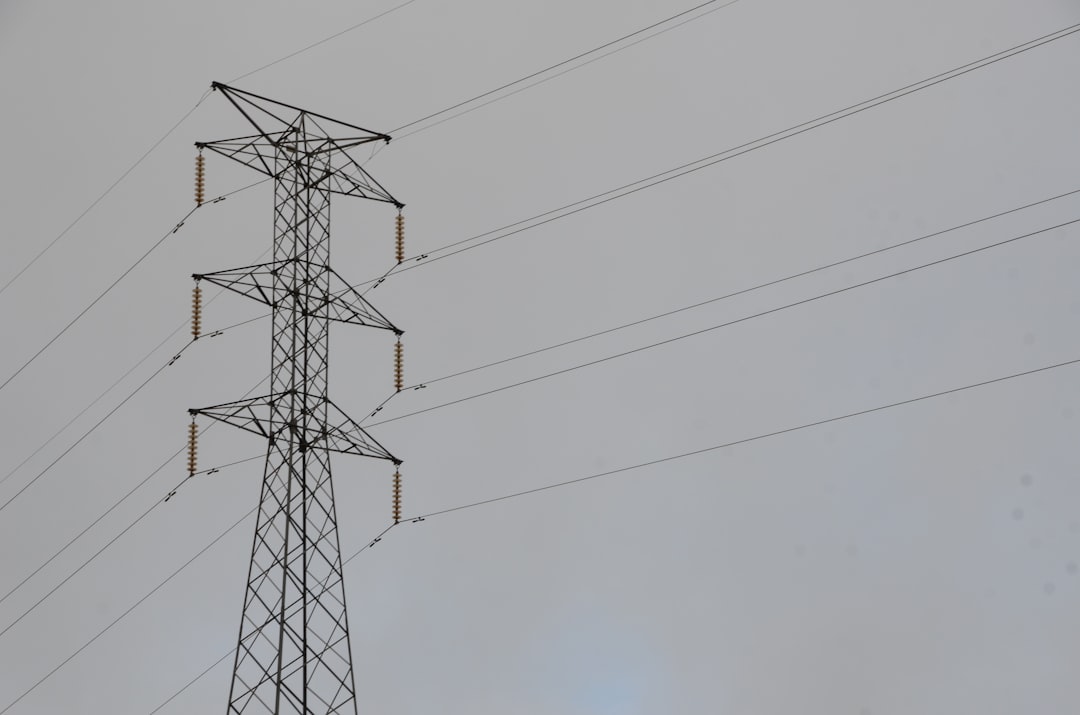
Utility locating teams work across environments where physical media and digital resources intersect. Choosing the right QR format for the job helps eliminate friction, standardize processes, and collect better data. Different formats deliver distinct advantages for field operations, client communication, and compliance.
When evaluating formats, consider the end action you want. If a foreman needs to submit a locate request in two minutes on a windy jobsite, a pre-filled form is best. If a supervisor needs to be contacted quickly, a vCard or SMS code can save precious time and prevent escalation.
Key formats to consider include:
With a platform like Sona QR, you can generate these formats from a single interface, manage destinations centrally, and update or retire codes as projects move through phases. The result is a flexible toolset tuned to the operational realities of utility locating.
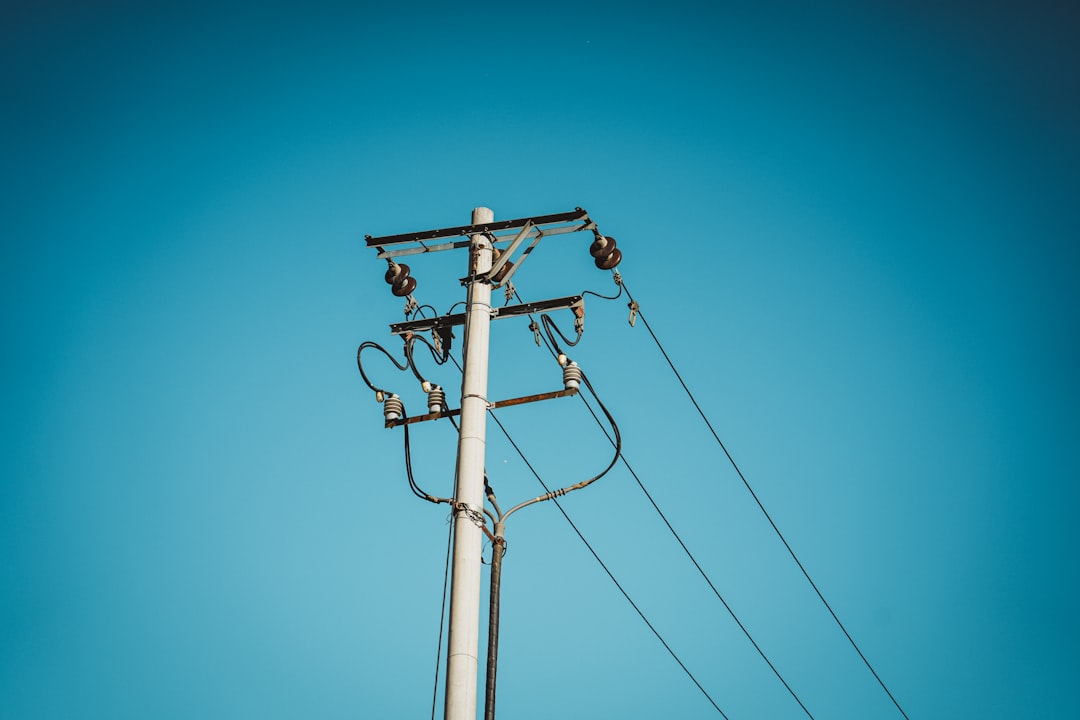
Growth in utility locating often depends on turning routine touchpoints into measurable digital interactions. Many providers lose momentum when compliance messages are missed, when asset history is difficult to verify, or when follow-up is left to chance. QR codes planted at the right points in your workflow transform these risk areas into levers for efficiency and revenue.
The best placements are the ones field crews and clients already see. Think like a foreman under time pressure or a homeowner confused about locate markings. If scanning is the easiest path to clarity, adoption goes up and so does data quality.
High-impact placements include:
Each placement should be chosen for its potential to bridge a costly delay, minimize miscommunication, or prevent a prospect from slipping through the cracks. With dynamic codes, you can refine destinations over time based on usage patterns and emerging business needs.
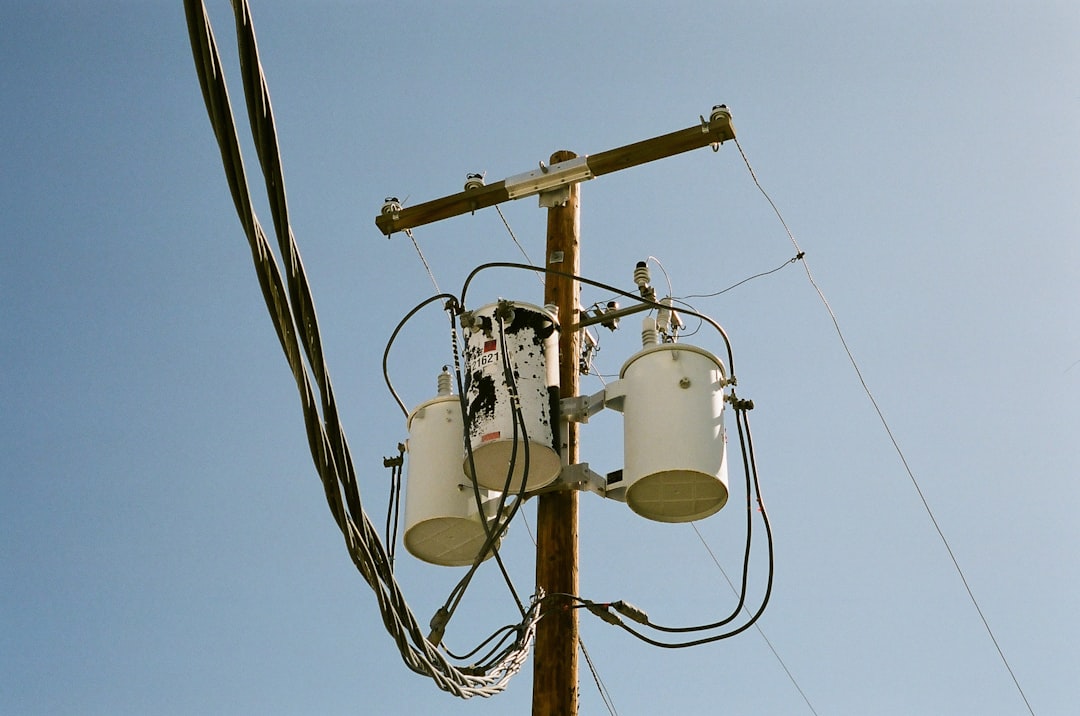
Utility locating teams regularly face situations where the right information must reach the right person at the right time. QR codes create clear pathways from on-site prompts to digital tools that drive action. These use cases tie directly to operational outcomes like reduced strike risk, faster cycle times, and better client communication.
When implemented with tracking, each scan also turns into a data point that strengthens your understanding of how, when, and why teams engage with your content. That makes it possible to refine both service delivery and marketing follow-up.
Practical examples include:
Each of these cases turns a previously manual or anonymous action into part of a trackable, measurable journey. Over time, your organization can see which resources matter most and where additional training, content, or services are warranted.
Traditional analog processes make it difficult to recognize which clients or contractors are engaged and what they need next. Without signals from the field, CRM data goes stale and revenue opportunities are missed. QR systems allow utility locating providers to turn every scan into a segmentable audience and every audience into a prioritized follow-up path. For retargeting tactics, see Sona’s retargeting playbook.
By deploying codes across the lifecycle of a project, you can distinguish between project owners, subcontractors, inspectors, and homeowners, then align your outreach to their context. The result is targeted communication that respects the user’s role, urgency, and stage in the journey.
Use these strategies:
With Sona QR use cases, each code becomes a smart entry point into your funnel. You can segment foremen vs. homeowners, engineering firms vs. general contractors, or public works departments vs. private developers, then target each with messaging and offers that match their needs and responsibilities.
Disconnected campaigns create confusion, inflate costs, and delay action. QR codes unify print, digital, and field-based touchpoints so that every interaction has a next step. They make your offline assets measurable, your digital materials easier to access, and your attribution far more complete. See Sona’s offline attribution.
In utility locating, many engagements begin offline. Door tags and compliance notices land in mailboxes. Site signage faces heavy weather and changing crews. NCR forms travel in truck cabs. When each of these moments includes an effective QR gateway, you gain control over the journey and the data that documents it.
Practical ways to integrate include:
Sona QR centralizes code creation, management, and analytics so you can keep messages consistent across channels and measure which placements, messages, and assets deliver the strongest outcomes.
Too often, QR initiatives fail because teams do not align physical assets with clear business outcomes or they skip critical steps such as analytics integration, usability testing, or audience segmentation. A structured approach ensures your codes are easy to scan, simple to understand, and connected to measurable results.
Start by identifying the operational friction you want to remove. For utility locating, high-impact use cases include providing instant map access at active dig sites, enabling simple locate requests in the field, and accelerating incident reporting. Select one problem and define the action a scan should trigger to resolve it quickly.
The right format ensures scanners land in the right place and can complete the desired action with minimal friction. For example, a dynamic QR code gives you the flexibility to change destinations as project phases shift and to capture analytics that inform future optimization.
Design determines whether people notice, trust, and scan your codes. Field conditions matter. Lighting, distance, and device variability can undermine even the best use case if you do not test for real-world scenarios.
Roll out your codes where they will have the most impact. Layer them across signage, equipment, vehicles, door hangers, and completion reports so that every offline moment has a clear digital next step.
Measurement closes the loop between offline engagement and business outcomes. Analytics reveal which assets generate scans, which destinations drive action, and where improvements will yield the largest gains.
In utility locating services, missing or incomplete account data suppresses segmentation, personalization, and revenue growth. If you cannot connect a scan to a person, a project, or a business outcome, you will struggle to prove impact and decide where to invest next. Robust tracking makes QR scans the starting point for a full-funnel view.
Analytics should go beyond the initial scan to capture the actions that follow. When a QR launches an incident report, you need to know whether the form was submitted and how quickly the team responded. When a code opens a training video, you should see whether that correlates with fewer equipment errors.
Robust QR tracking enables providers to:
Learn more about multi-touch attribution to connect scans with downstream outcomes.
With Sona QR and Sona.com, teams can capture scan metadata, unify it with web and CRM activity, and attribute revenue to real-world engagement. That means you can reliably answer where a scan happened, who scanned, what they did next, and how the interaction influenced pipeline and operational KPIs.
The full benefits of QR-enabled workflows emerge when tracking, content, and operations are tightly integrated. Treat every scan as the first step in a guided journey that ends with a completed action, a safer worksite, or a happier client. Make it easy to scan, obvious what will happen, and automatic to follow up.
Invest time in training crews and partners to use QR codes consistently. Field teams who know what to expect will promote the habit across contractors and subcontractors, increasing adoption and scan quality. Start creating QR codes for free.
Practical tips include:
A platform like Sona QR makes these practices easy to execute at scale by centralizing code management, enabling automation, and integrating scan data with your CRM and analytics tools.
QR codes deliver more than quick information retrieval. They address systemic pain points in utility locating and help providers operate with greater speed, accuracy, and accountability. By surfacing previously hidden engagement signals, enabling precise segmentation, and unifying communication across channels, every flag, sign, or equipment label becomes a digital access point that drives action.
Utility locating companies that adopt QR-enabled workflows benefit from a tighter connection between field activity and business outcomes. The result is faster cycle times, fewer errors, and stronger customer relationships built on transparency and responsiveness.
As competitive and compliance pressures rise, providers who close the gap between manual processes and data-enabled workflows will set the standard for safety leadership and business growth. By strategically integrating QR codes across field operations, equipment, and marketing channels, utility locating service providers can drive engagement, streamline compliance, and reduce costly errors. With modern tools like Sona QR and Sona.com, every physical surface becomes a data-rich entry point that fuels smarter operations, better client experiences, and measurable ROI. Explore why accurate revenue attribution matters to prove impact.
QR codes have transformed utility locating services from traditional, manual processes into efficient, data-driven operations. By enabling instant access to detailed utility maps, location histories, and safety protocols, QR codes enhance field accuracy and accelerate decision-making. Imagine your team scanning a code onsite to instantly retrieve critical information, reducing errors and downtime while improving customer trust and satisfaction.
With Sona QR, you can create dynamic, trackable QR codes tailored to your utility locating assets—update information instantly without costly reprints and monitor every scan to optimize workflows and client communications. This technology not only streamlines operations but also opens doors for stronger client relationships and new business opportunities. Start for free with Sona QR today and turn every scan into actionable insights and safer, smarter utility locating outcomes.
Utility locating services using QR codes improve accuracy, situational awareness, real-time information access, reduce errors, increase compliance, and provide measurable engagement data that enhances safety and operational efficiency.
QR codes link physical assets and jobsite materials to up-to-date digital resources like maps, safety guides, and reporting tools, enabling field teams to instantly access critical information and track engagement in real time.
You can find reliable utility locating services by looking for providers that use modern digital tools like QR codes to ensure accurate, trackable, and efficient service delivery, and by checking their compliance and client communication capabilities.
Utility locating methods include using digital maps, GIS layers, pre-filled forms, vCards, SMS or email triggers, and Wi-Fi access via QR codes, which connect field teams to dynamic, real-time information and reporting tools.
QR codes can be placed on equipment, signage, locate flags, and documentation to provide instant access to updated maps, safety protocols, and forms, enable scan tracking for engagement analytics, automate follow-ups, and unify offline and online workflows.
Use Sona QR's trackable codes to improve customer acquisition and engagement today.
Create Your FREE Trackable QR Code in SecondsJoin results-focused teams combining Sona Platform automation with advanced Google Ads strategies to scale lead generation

Connect your existing CRM

Free Account Enrichment

No setup fees
No commitment required

Free consultation

Get a custom Google Ads roadmap for your business






Launch campaigns that generate qualified leads in 30 days or less.
